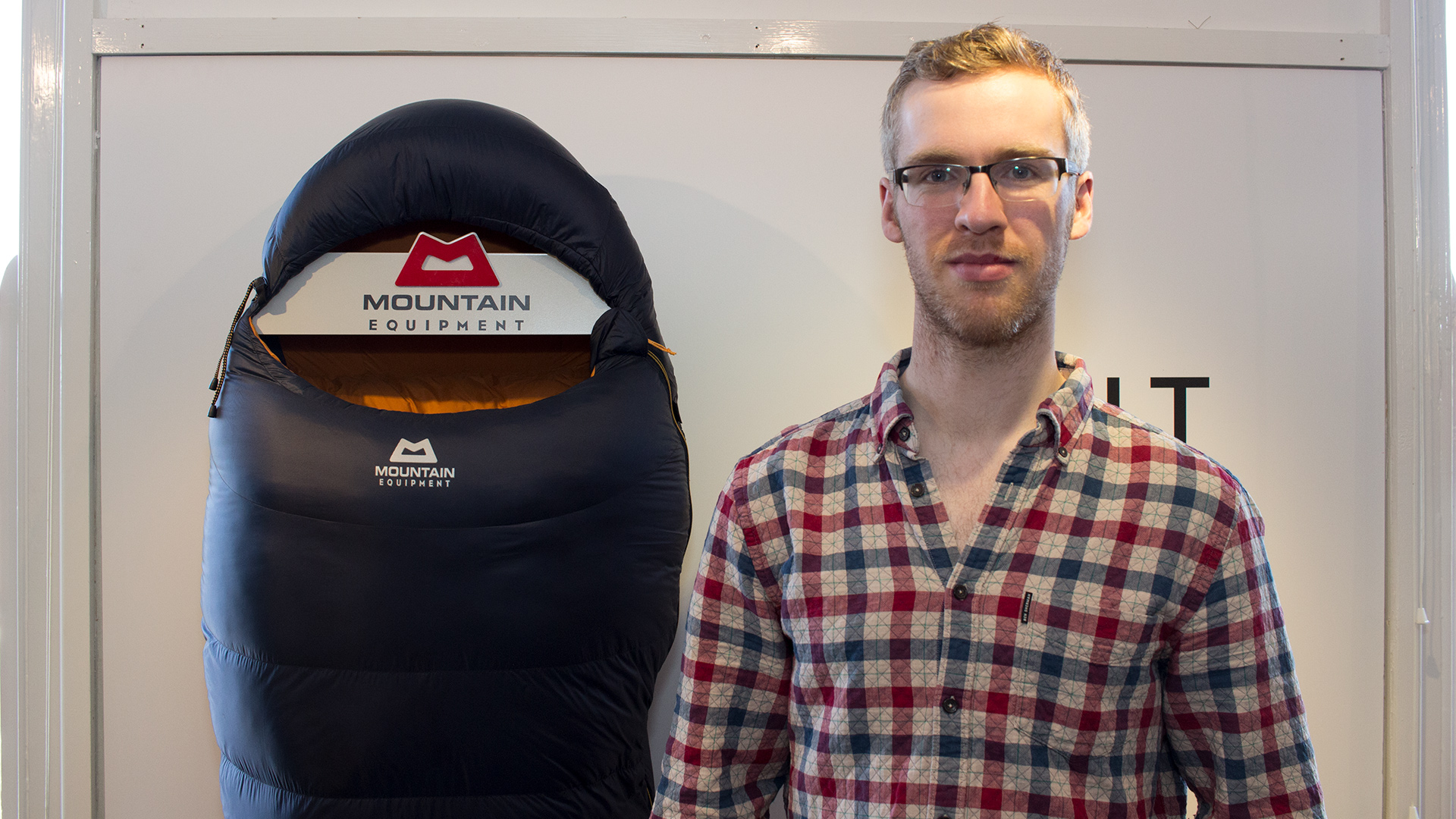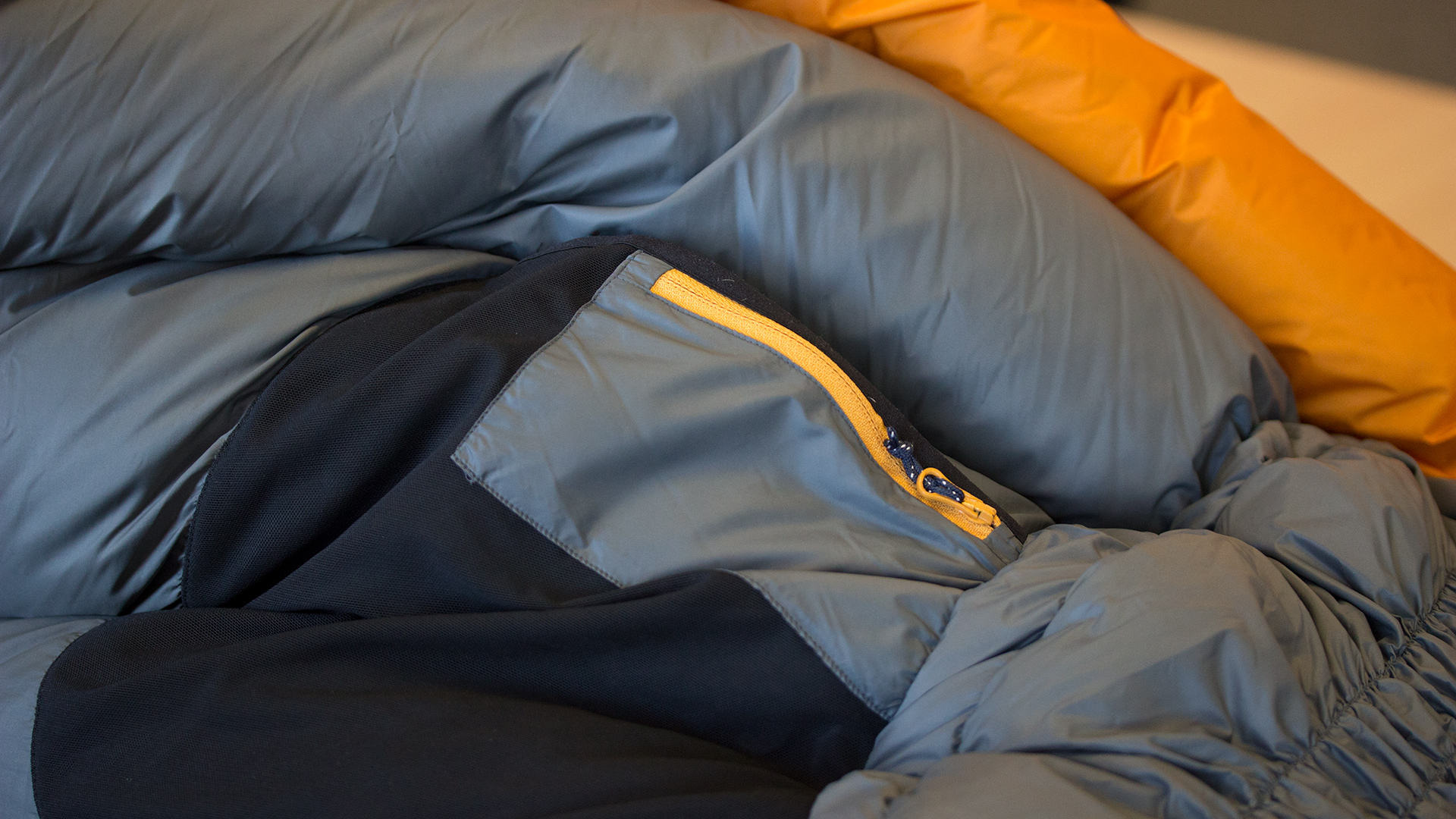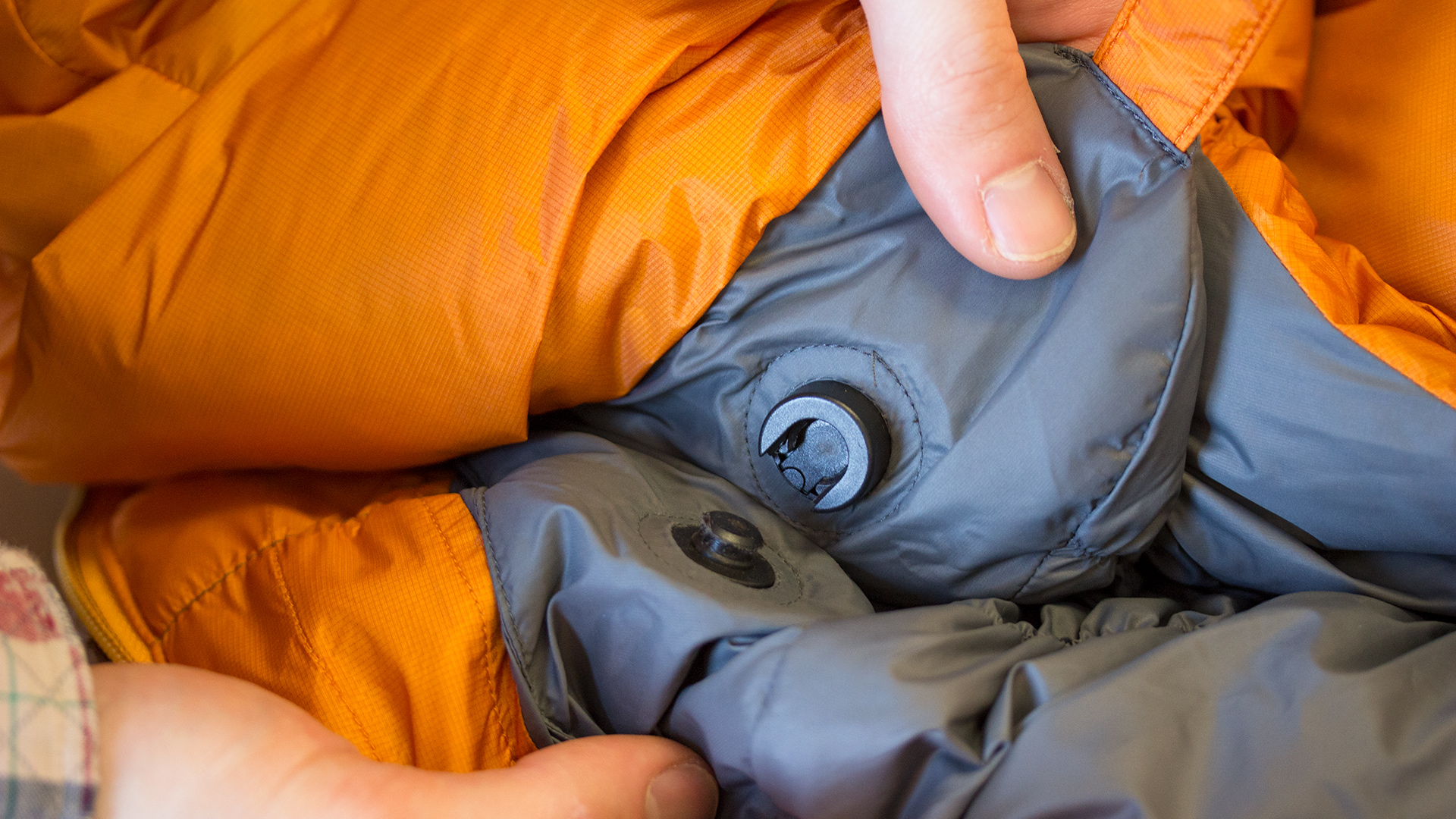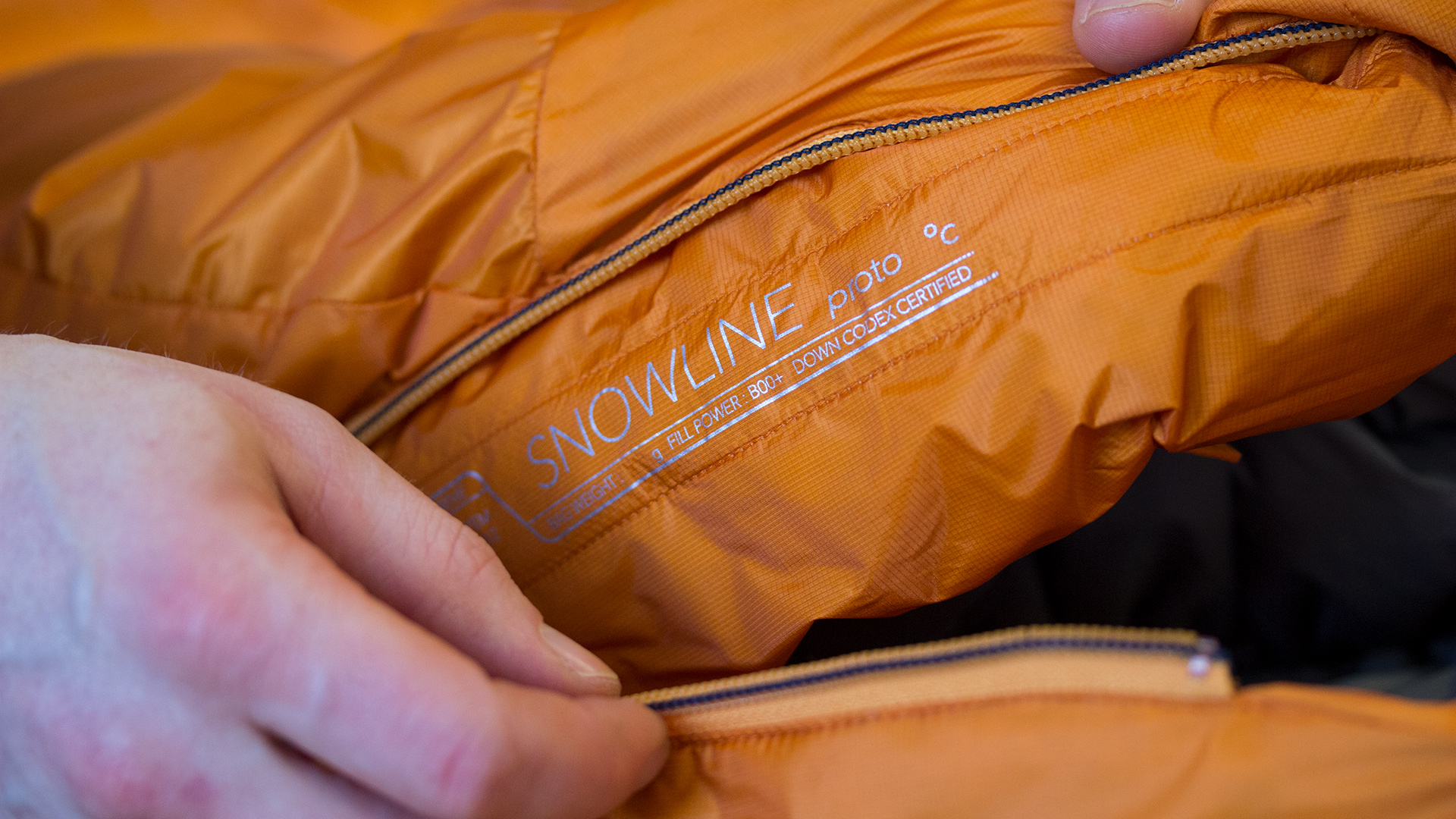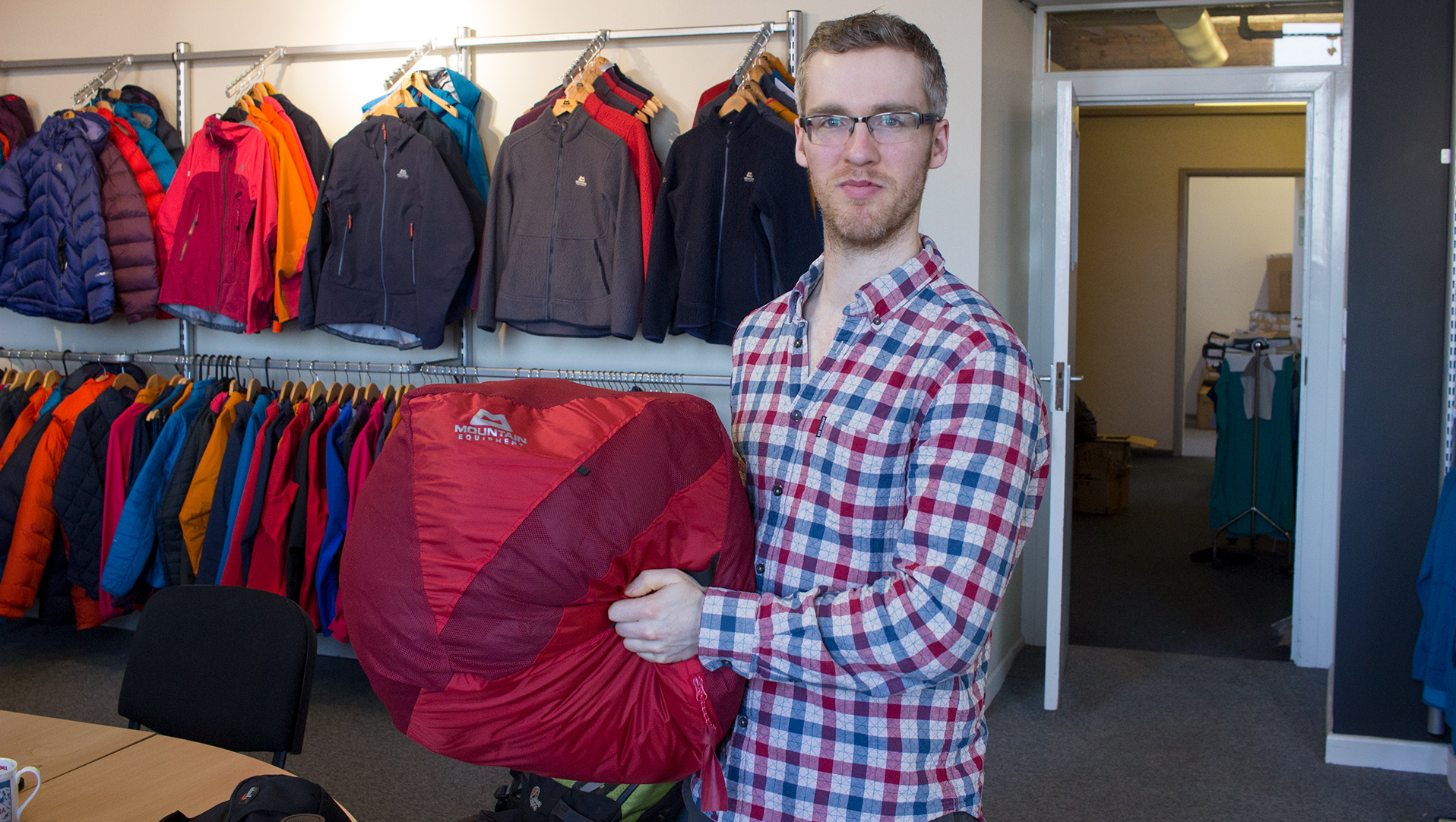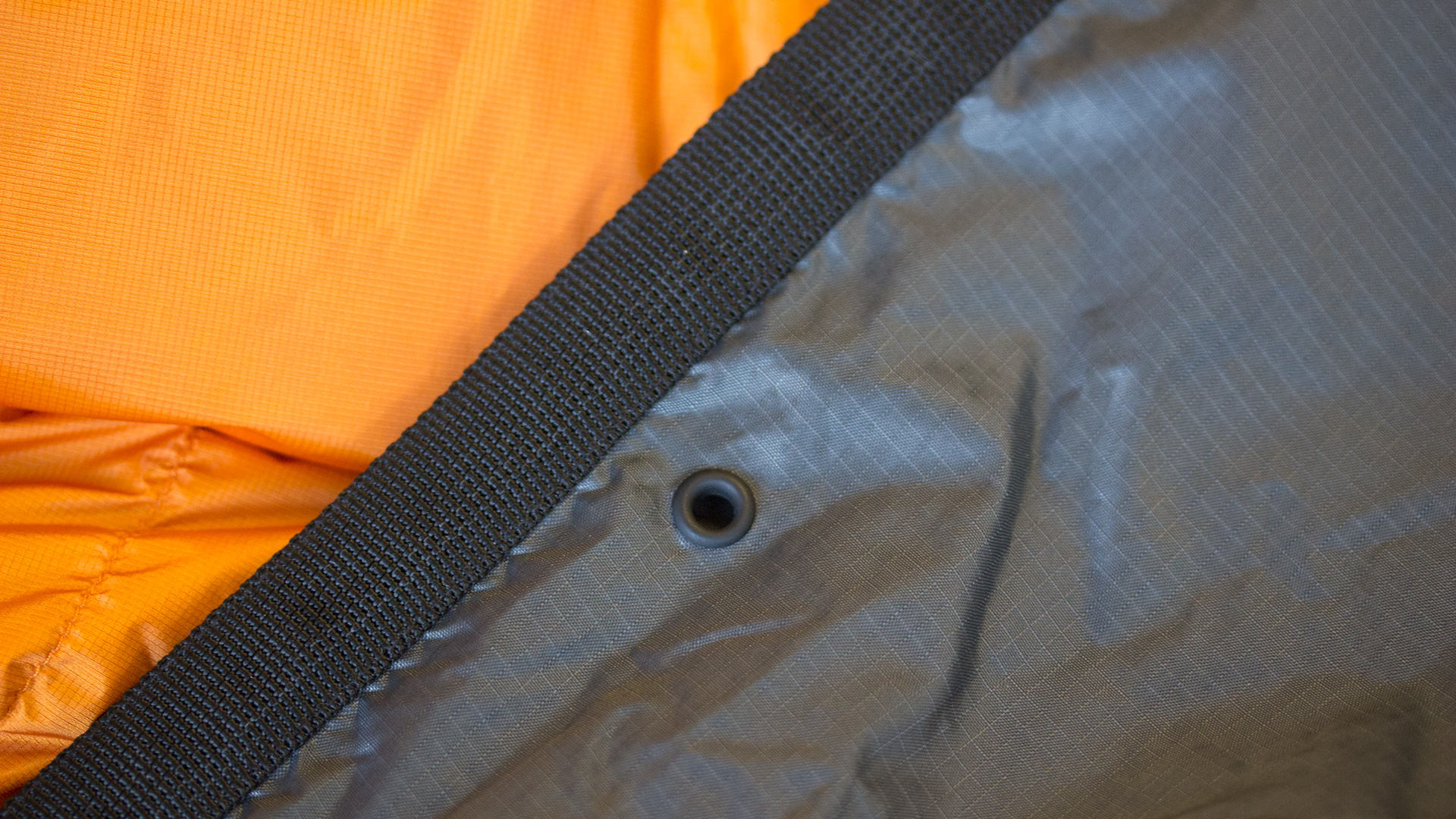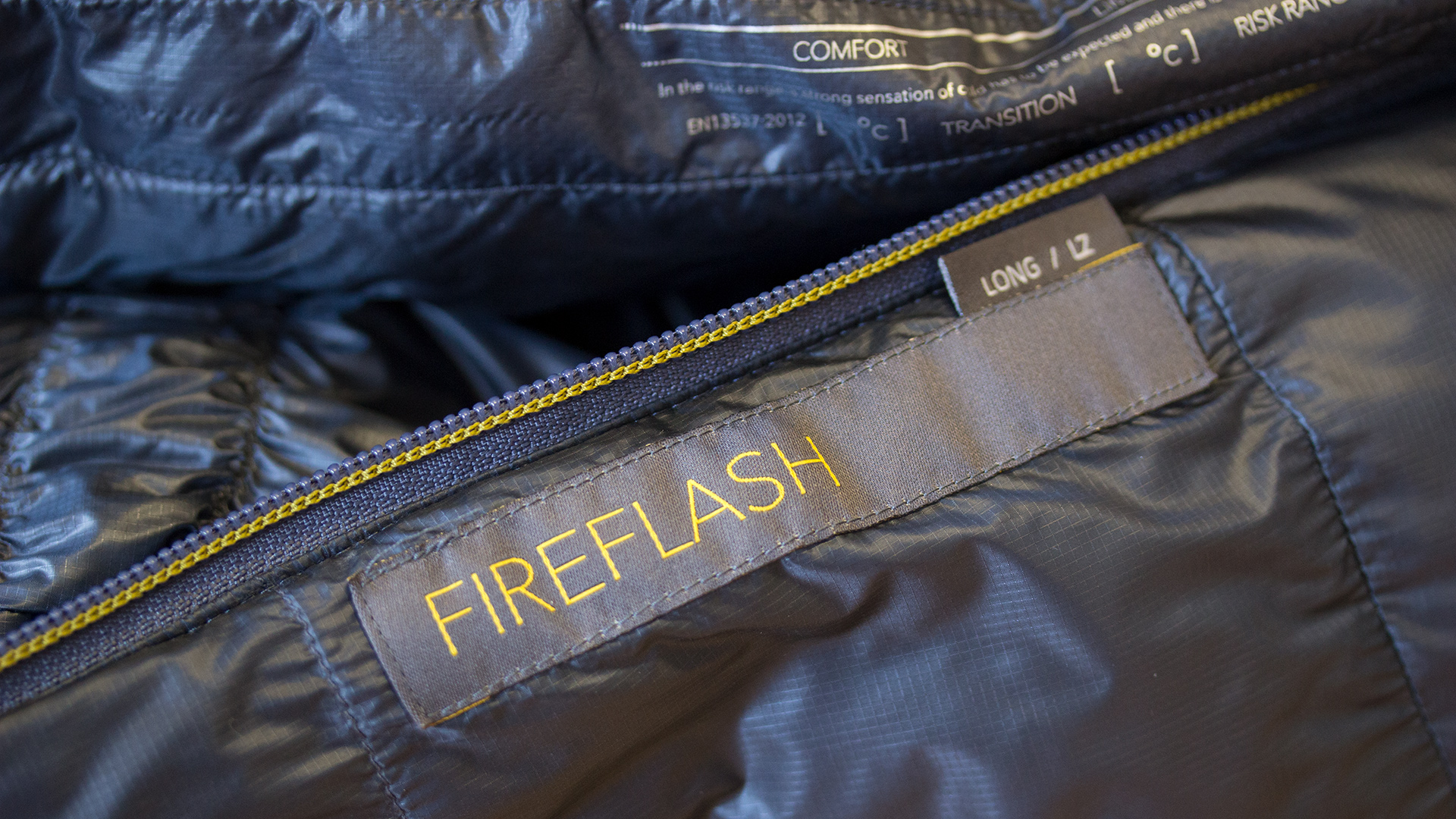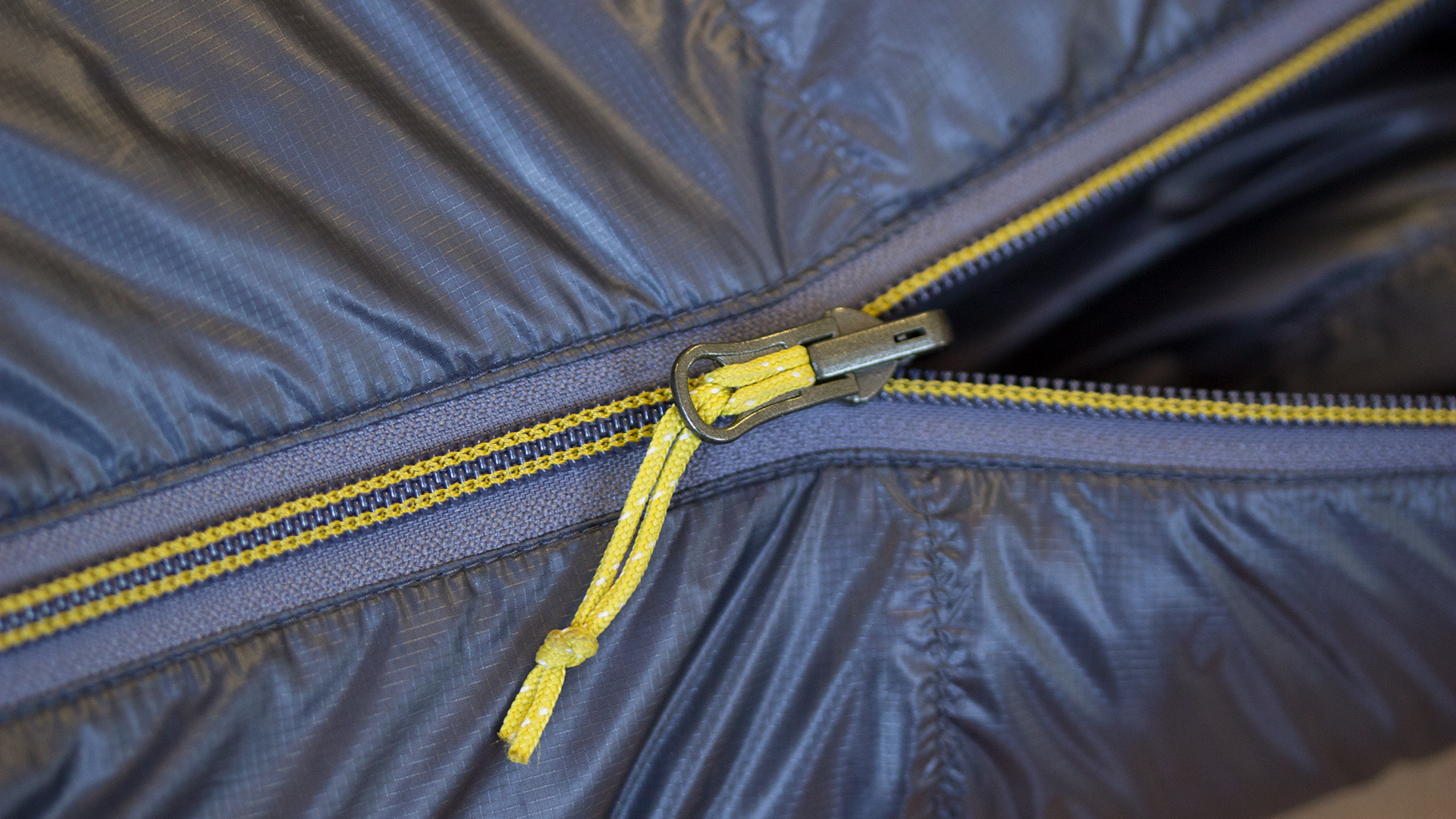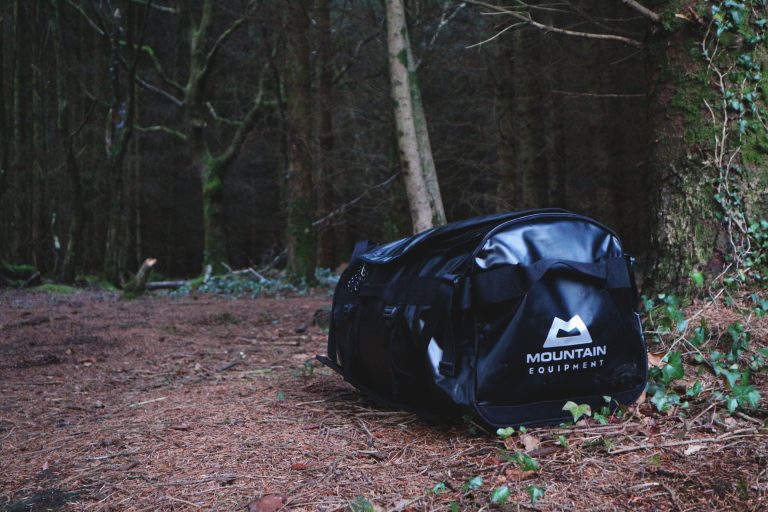This is Matt Fuller. Matt is an expert in down. In fact, Matt is arguably the world’s leading expert in down use in performance sleeping bags and clothing. He has a PHD in – you guessed it – down and how it performs.
Which is all very interesting and means Matt can talk the breast feathers off a goose at outdoor industry dinner parties, but what really matters this spring is that Matt, aka ‘Doctor Down’ is the driving force behind a radical overhaul of Mountain Equipment’s down sleeping bag range.
New From The Foot-Box Upwards
Not just a tweaking or redesign, but a completely new array of bags covering six different categories, using brand new designs, fabrics, features and genuinely innovative thinking and priced between £200 and £800.
Why? Essentially, says Matt, down sleeping bags have remained pretty much the same for the last 50 years bar the odd relatively minor tweak. His mission, which he chose to accept, was – in a nut-shell – to make sleeping bags great again… or more practically, simultaneously both lighter and more compact and also warmer, which is a pretty good trick if you can pull it off.
Not Just The Small Stuff
What does that mean exactly? Mountain Equipment has gone back to basics, down basics, with some fascinating results. People have calculated how much down to use in particular baffled compartments for optimum performance before now, but Matt has taken things a stage further.
Take the density of the down you use. It’s not just about warmth to weight ratios, though they obviously matter. Too little down and you don’t get the insulation value you need. Too much and you’re adding weight and bulk you don’t need.
But the density of the down also impacts on how suited it is in certain areas of the bag. A collar baffle, for example, needs to be able to mould to the contours of your body to retain heat flexibly. Down destined for baffles on the underside of the bag needs to be dense enough not to move easily aside under bodyweight leaving cold spots. As Matt demonstrates below.

